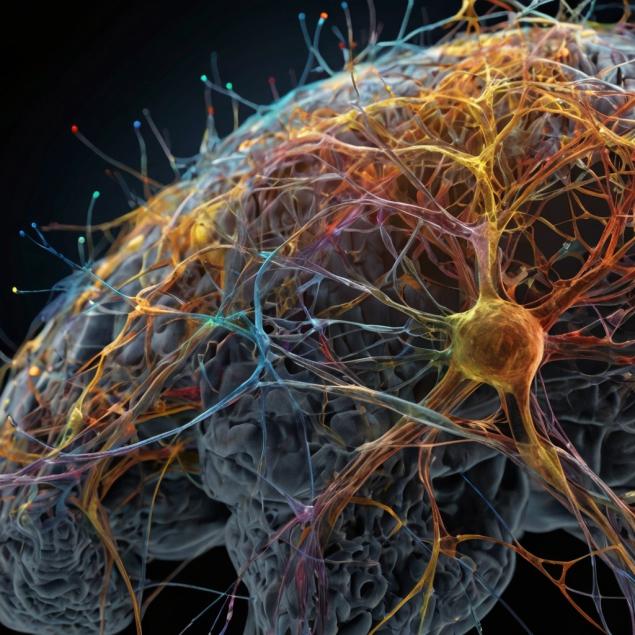227
The Magical Power of Metaphors: How to Influence Your Partner Invisibly

Metaphor is not just a literary device or decoration of speech. Modern research in cognitive linguistics and neuropsychology shows that metaphorical thinking is a fundamental mechanism of human cognition and influence on other people.
Why metaphors work: A scientific explanation
According to research by neuropsychologists, when perceiving metaphors, the same areas of the brain are activated as in real experience. When we hear “sharp criticism,” our brains activate areas associated with physical pain. This makes metaphors a powerful tool for influencing emotional states and decision-making.

Types of influencing metaphors
1. Structural metaphors
These metaphors allow one phenomenon to be understood in terms of another. For example, “time is money” affects how people think about planning and decision-making.
2. Orientational metaphors
Spatial orientation: “high goals”, “deep thoughts”. Studies show that such metaphors influence the assessment of situations and motivation.
3. Ontological metaphors
Represent abstract concepts as physical objects: “burden of responsibility”, “flow of information”.
Practical techniques for using metaphors
The Metaphorical Bridge Method
- Determine the current state of the interlocutor
- Find a metaphor close to him.
- Gradually transform the metaphor in the desired direction.
Embedded Metaphor technique
Use several related metaphors to amplify the effect. Our conversation is a journey where every word is a step and understanding is a new horizon.

The power of metaphors in different contexts
In business communication
Research shows that using the right metaphors can improve presentations by up to 35%. Metaphors help:
- Explain complex concepts
- Create an emotional connection with the audience
- Increase the memorization of information
In therapeutic communication
Therapeutic metaphors allow:
- Bypass customer resistance
- Activate resource states
- Create new neural connections
Rules for the effective use of metaphors
1. Relevance
Metaphor should resonate with the experience of the interlocutor. Use images from your professional field or hobby.
2. Consistency
Keep a single metaphorical line in conversation. Mixing unrelated metaphors reduces the effectiveness of influence.
3. Environmental friendliness
Avoid manipulative metaphors that trigger negative emotions. The goal is to create positive change.
Practical exercises
1. The Metaphorical Diary:
- Write down the metaphors you hear throughout the day.
- Analyze their impact on your perception
- Create your own metaphors for important concepts
2. "Metaphorical transformation":
- Choose a problem situation
- Create a metaphor for her.
- Transform Metaphor in a Positive Way
Conclusion
Metaphors are not just beautiful words, but a powerful tool to influence people’s thinking and behavior. Conscious use of metaphors allows you to create profound changes in perception of reality and decision-making.
Remember that the power of metaphors lies in their naturalness and organicity. The best metaphors are those that seem obvious and unobtrusive, yet have a profound effect on a subconscious level.
Develop your metaphorical competence and you will open up new horizons in the art of communication and influence.























